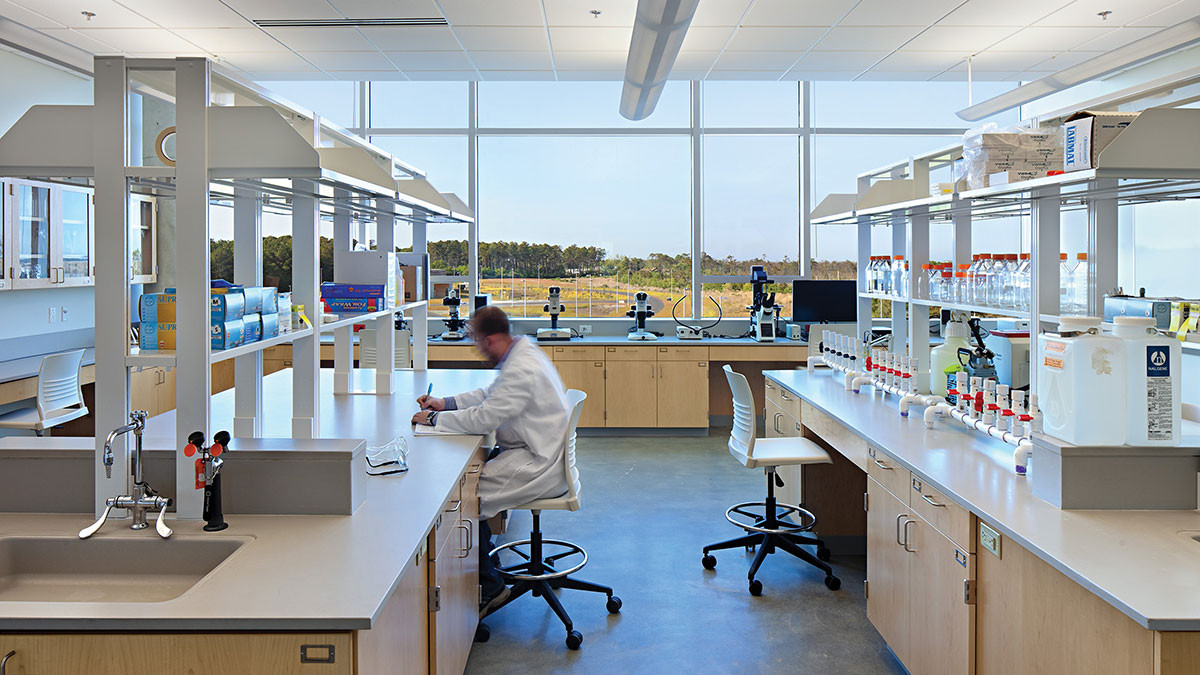In any research environment, the design of lab furniture plays a crucial role in ensuring both efficiency and safety. A well-planned laboratory layout with functional furniture not only supports daily operations but also enhances the productivity and comfort of researchers. Let’s explore how smart lab furniture design can make a significant difference in research performance and workflow.
1. Ergonomic Design for Research Comfort
Scientists and lab technicians often spend long hours conducting experiments, analyzing samples, or documenting results. Ergonomic lab furniture—such as adjustable workbenches, height-flexible chairs, and anti-fatigue flooring—helps reduce strain and fatigue. This ensures researchers remain comfortable, focused, and efficient throughout the day.
2. Modular Lab Furniture for Flexibility
Modern labs need to adapt quickly to new technologies and changing research priorities. Modular lab furniture systems offer the flexibility to reconfigure workspaces easily without major renovations. These systems allow for quick installation of new equipment, adjustment of workstations, or expansion of lab areas to accommodate new projects.
3. Durable and Safe Materials
Durability and safety are non-negotiable in lab environments. Furniture made from chemical-resistant materials such as stainless steel, epoxy resin, or phenolic resin ensures longevity and easy maintenance. Rounded edges, fire-resistant coatings, and smooth finishes also contribute to a safer working environment.
4. Efficient Storage Solutions
Clutter can hinder productivity in a research setting. Well-designed storage systems—like overhead cabinets, under-bench drawers, and mobile storage units—help keep the lab organized. By providing easy access to tools, samples, and documentation, these storage options help maintain an efficient workflow.
5. Seamless Integration of Utilities
Laboratory furniture must integrate seamlessly with utilities like gas lines, water connections, power outlets, and data ports. Properly planned layouts prevent cable clutter and ensure easy maintenance. This integration not only improves functionality but also enhances the safety and aesthetics of the space.
6. Aesthetic and Clean Design
A clean and organized lab space has a positive psychological effect on researchers. Minimalist, well-lit, and color-coordinated lab furniture designs can create a visually pleasing environment that fosters focus and creativity. Moreover, easy-to-clean surfaces help maintain high hygiene standards—an essential factor in research labs.
7. Custom Solutions for Specialized Research
Every research field—be it pharmaceutical, chemical, or biological—has unique requirements. Customized lab furniture designed for specific applications ensures optimal performance. For instance, fume hoods for chemical labs, laminar flow benches for biosafety labs, or anti-vibration tables for precision instruments.
Conclusion
Thoughtful lab furniture design is more than just aesthetics—it directly impacts productivity, safety, and the overall research experience. Investing in high-quality, ergonomic, and flexible furniture ensures that scientists can focus on what truly matters—innovation and discovery.
